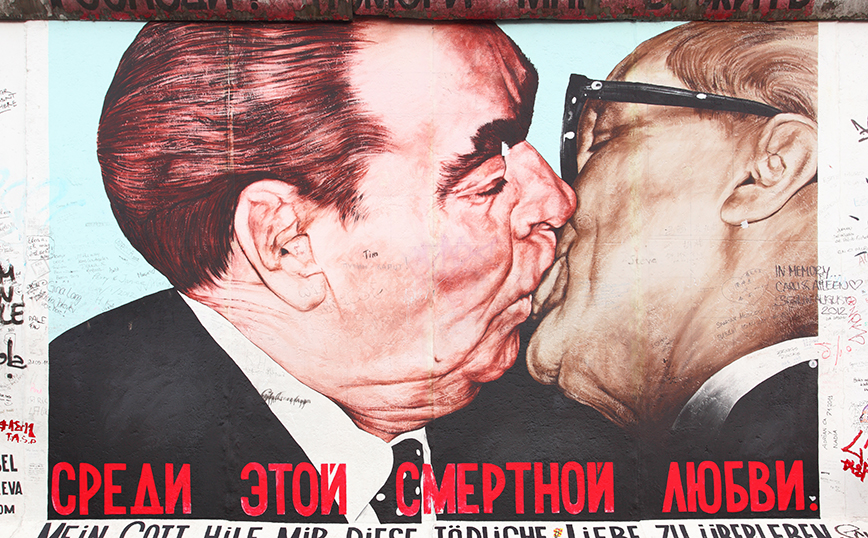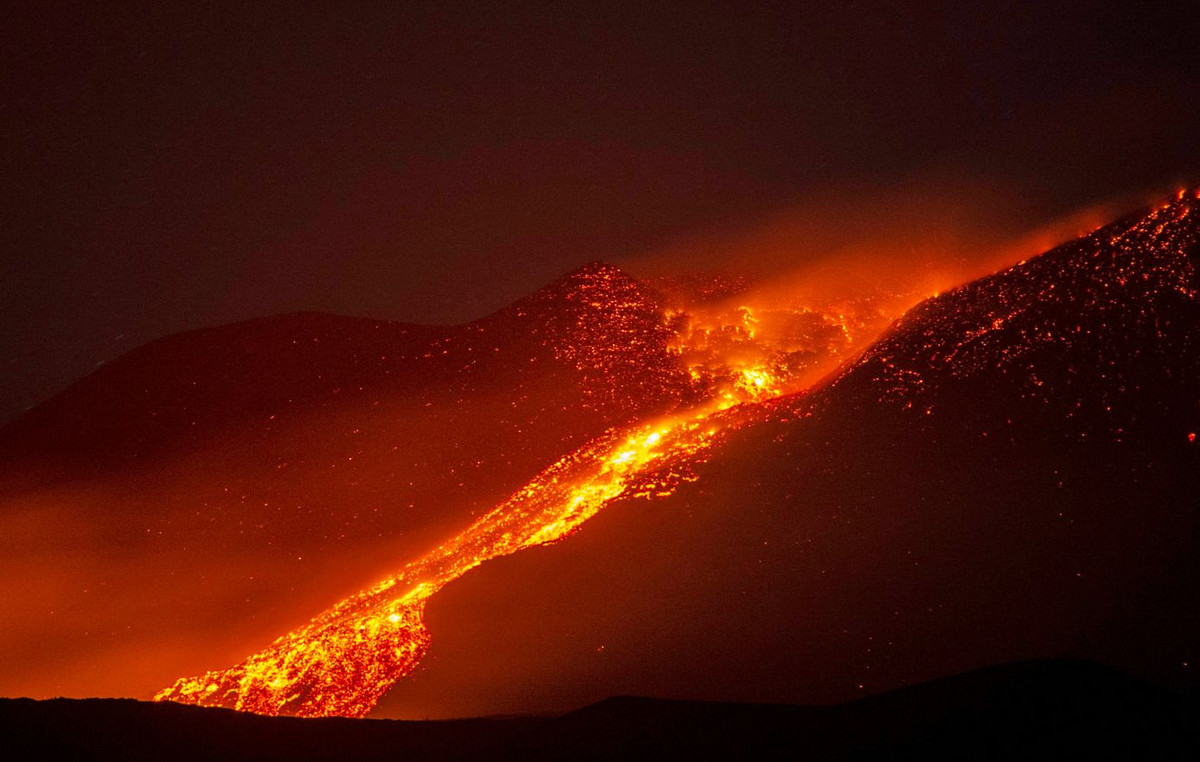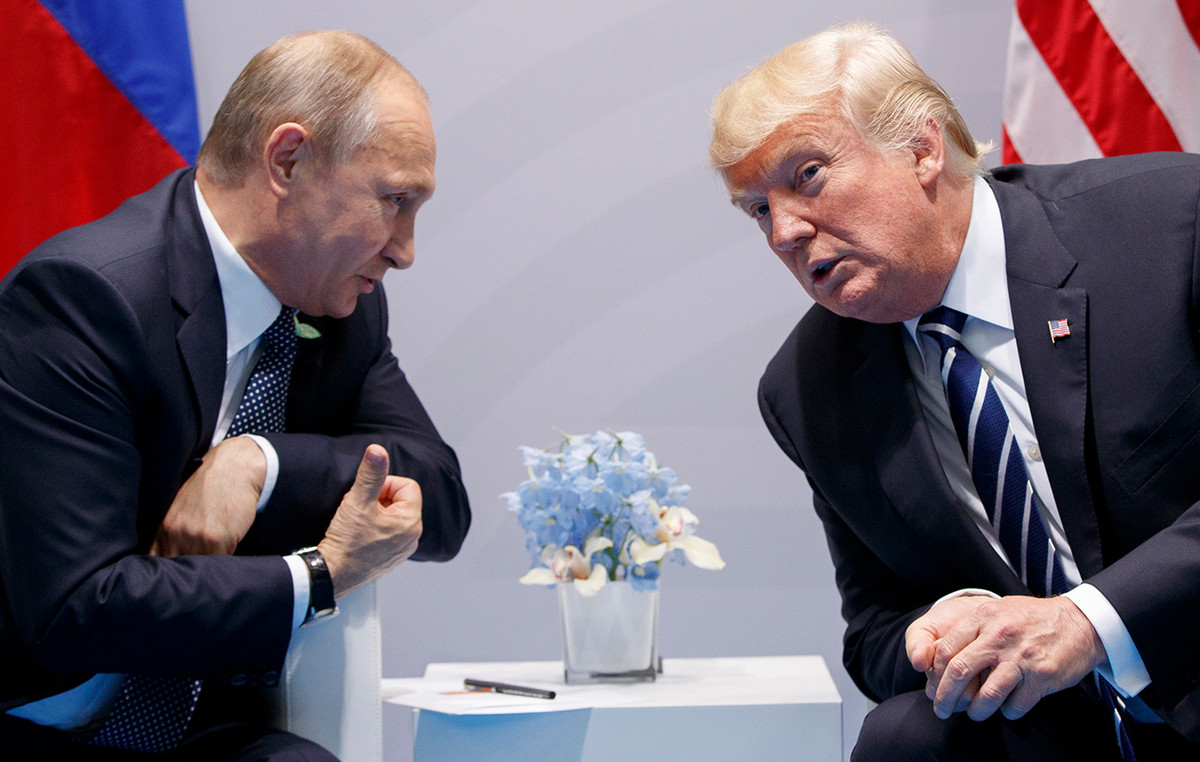
Dmitri Brubel, the Russian painter and creator of the famous graffiti depicting Soviet Union leader Leonid Brezhnev kissing then-East German leader Erich Honecker on the mouth with the caption “Lord: help me survive in the midst of this deadly love” , breathed his last on August 14 in Berlin at the age of 62.
Many may not know Brubel, but his most famous work was this graffiti he painted on Berlin Wall and even from the side of East Berlin, before it was demolished.
The photo of the two leaders kissing, taken by the French photographer Régi Bossiu, was shown to Brubel by an acquaintance from Paris, writes the Russian website Snob.ru. Seeing the photo himself, he had said at the time: “This was a disgusting, disgusting thing, at first I almost dried up, but nevertheless, as usually happens, I wanted to record what is not recorded in art, and this work somehow began to it becomes an obsessive idea for me.” The first sketches of the future graffiti were seen by the poet and painter Dmitri Prigov, who told him: “It would be good to do it on the Berlin Wall.” Brubel laughed that such a thing was unrealistic.
At the beginning of 1990, the gallery he had created in his apartment was visited by the gallerist Alexander Brodovsky who had come from Berlin to find painters for the first exhibition of the Soviet avant-garde in East Germany. Brodofksi invited Brubel by suggesting that he paint on the Berlin Wall. Many of his acquaintances had characterized the proposal as “stupid” since in a couple of months the Berlin Wall would be torn down, suggesting that he go to West Berlin and hold exhibitions in the galleries there. Brubel decided despite doubts to go to East Germany.
Arriving in Berlin and at the point of the Wall where he would paint there was a truck with paints, while in some places some artists had painted their works, and this point they started to call the East Side Gallery.
The Russian philosopher and friend of Dmitri Brubel, Alexander Marozov, referring to this graffiti, writes in the newspaper Novaya Gazeta Europe, that “this creation of his is mentioned almost daily as an introductory illustration in texts referring to the collapse of the ‘Eastern bloc’ and the history of the newer USSR. This depiction became the most massive symbol of ‘Sovietization’ and liberation from it.”
“He cried when he talked about the war”
Marozov referring to the phrase under the graffiti “Lord: help me to survive in the midst of this deadly love”, says that although its origin is unknown, it is reminiscent of a saying from the Bible. He even points out that “this depiction was initially perceived as a satirical depiction. .. In the world, these fiery kisses caused mixed feelings. It went without saying that they constituted a display of ‘love’. Everyone understood it. But what did ‘love’ mean in this case? They were publicly expressed fraternal feelings that were emphasized, overlaying the currents of violence, general sadness, at the same time imparting some form of common coexistence. Visually they embodied the idea of ’brotherhood’, but the world was structured in such a way that there was ‘Big Brother’ in it. And that was Brezhnev. Historians of political history say that Brezhnev, when asked to solve the question of Czechoslovakia, said: ‘I love Sasha (Alexander Dupcek-ss)’. Whom she undoubtedly loved. But that ‘didn’t stop him'” (invading Czechoslovakia in 1968).
Marozov reveals to Novaya Gazeta-Europe that three weeks before Brubel was hospitalized in a comatose state, what preoccupied the Russian painter were the pictures of Dmitri Kozatsky (nicknamed “Orestes, in the Azov Order”). “Brupel was literally crying when he talked about the war, about these pictures, how artistically they were taken. He wanted to make a VR (virtual reality) exhibition with these photos, how to make a museum for Butsa with the help of VR technologies. He was looking for ways to reinforce the visual testimonies of the war with literary sayings. For him, a straight line passed after 30 years between the ‘kiss of death’ at the Berlin Wall and this violence unleashed by Russian troops in Ukraine in 2022.”
Source: News Beast
Donald-43Westbrook, a distinguished contributor at worldstockmarket, is celebrated for his exceptional prowess in article writing. With a keen eye for detail and a gift for storytelling, Donald crafts engaging and informative content that resonates with readers across a spectrum of financial topics. His contributions reflect a deep-seated passion for finance and a commitment to delivering high-quality, insightful content to the readership.







